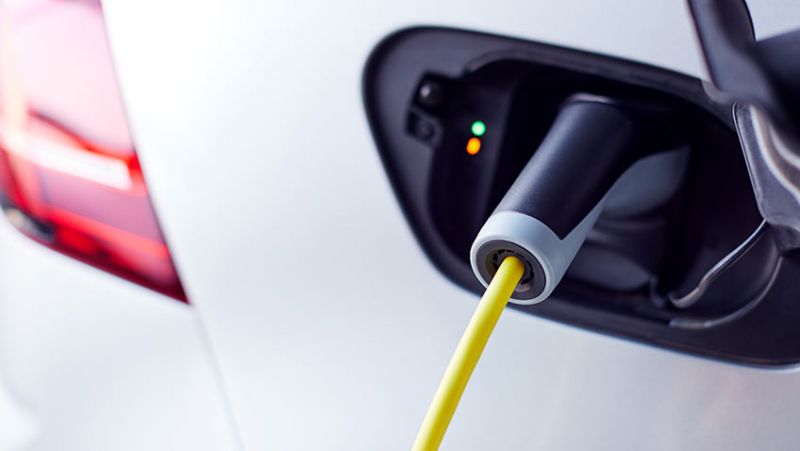
When buying a used car, the test drive is arguably one of the most critical stages. Following the wisdom of experienced mechanics, the test drive isn't just about seeing if the car moves — it's your chance to uncover hidden issues and determine if the vehicle suits your needs. Whether you're a DIY enthusiast, a young professional gearing up for your first car, or a trader looking for a reliable addition, understanding how to conduct a proper test drive can save you thousands of pounds and countless headaches.
Preparing for the Test Drive
Before you even hop behind the wheel, make sure you’re thoroughly prepared. Bring your driving licence with you, as most sellers or dealerships will require it. If possible, bring a checklist and a notebook to jot down your observations during the drive — trust us, you’ll be thankful later.
Arrange your schedule so you can perform the test drive during the daytime. Proper daylight allows you to notice small issues such as scratches, paint inconsistencies, and leaks that might be hidden under artificial lighting or at dusk.
Also, mentally prepare to take your time. You should never feel rushed during a test drive. Insist on driving for at least 20–30 minutes, navigating through different types of roads — urban streets, motorways, and ideally a few country lanes. Each environment could reveal different issues.
Initial Walkaround Checks
Before turning the key, take time to inspect the vehicle visually. Look for uneven tyre wear, which might suggest suspension or alignment issues. Check under the car for any fresh fluid leaks. Examine the body panels carefully — inconsistent panel gaps could hint that the car has been in an accident and poorly repaired.
Peek under the bonnet too. Even if you're not a trained mechanic, you can check if there are any signs of oil leaks, cracked belts, or low fluid levels, which could suggest poor maintenance habits by the current owner.
Inside the vehicle, check the general condition of the upholstery, controls, and dashboard. Worn pedals or steering wheels can be an indicator that the car has more miles on it than the odometer suggests, especially if it's supposedly a low-mileage model.
Starting the Car – First Impressions Matter
When you first start the car, listen carefully. A healthy engine should turn over quickly and settle to a smooth idle. Strange noises like rattles, grinding, or excessive ticking sounds warrant further investigation — or a hard pass.
Check that all warning lights on the dashboard come on initially and then go off after a few seconds. If lights like the engine warning light, ABS, or airbag light stay on (or worse, have been covered or removed), this could indicate serious hidden issues.
Observe the exhaust smoke for about a minute. Light vapour on a cold day is normal, but clouds of blue, black, or thick white smoke could point to serious engine problems.
What to Check While Driving
During the drive, pay attention to how the car behaves at all speeds. When accelerating, the engine should feel smooth and pull evenly. Hesitations, jerks, or stalling could indicate mechanical or fuel delivery issues.
When braking, the pedal should feel firm, and the car should stop in a straight line without pulling to one side. Any weird noises while braking, like grinding or squealing, might indicate worn brake pads or deeper braking system issues.
Test the steering by making slow and sharp turns. You should feel some natural resistance but no clunking or knocking noises, which could point to worn suspension components or steering rack issues.
Shift through all gears (whether automatic or manual) and check for smooth engagement. Slipping, jamming, or grinding during gear changes can hint at costly upcoming repairs.
Important Areas to Focus On During the Test Drive
| Component/Area | What to Check |
|---|---|
| Engine | Smooth running, no unusual noises, immediate throttle response. |
| Transmission | Smooth, timely shifts without slipping or noise. |
| Steering | No strange noises or excessive free play, reacts promptly and accurately. |
| Brakes | Confident stopping, no vibrations, or noises during brake application. |
| Suspension | Handles bumps without harshness or rattling sounds. |
| Climate Controls | Heating and cooling work efficiently and quickly. |
Testing All Electrical Components
Don't forget to test every button, switch, and light. Roll the windows up and down, adjust the mirrors, test the indicators, and ensure all lights — headlights, indicators, brake lights — are working correctly. This includes lesser-thought-of items like reversing cameras, parking sensors, and seat heaters if equipped.
Electrical gremlins can be painful and expensive to chase down, especially as modern vehicles become increasingly reliant on complex electronic systems. Catching these issues early could save you significant money on repairs or give you grounds to negotiate a better price.
Assessing the Overall Driving Experience
Driving the car isn't just about checking mechanical conditions — it's also about making sure you actually enjoy the experience. Does the car feel the right size for you? Is visibility good? Are the seats comfortable after 20 minutes in the driver’s chair?
Trust your instincts: if something feels off, it usually is. An uncomfortable drive today could turn into an everyday frustration once you've handed over the cash.
Be honest with yourself about what matters. A car might perform brilliantly but if it feels cramped or loud on the motorway, it might not be the right choice for your lifestyle.
After the Drive: Final Checks and Negotiations
After the test drive, perform a final walkaround to inspect for any leaks that might have appeared during the drive. Check the temperature gauge during the drive and again once you’ve stopped — an overheating car is a major red flag.
Take time to review your notes. Resist any pressure from the seller to make a decision right away if you’re uncertain. If possible, have the vehicle inspected by an independent mechanic for a pre-purchase inspection (PPI), particularly if you're considering a higher-end or complex vehicle.
Use any issues you’ve found during your test drive as leverage for negotiation. For example, if you found that the tyres are nearing their legal tread limit, that's an immediate bargaining point for a discount.
Final Thoughts
Following the expert advice of mechanics can massively improve your chances of getting a great used car without hidden heartaches. A well-executed test drive provides invaluable insight into the vehicle’s condition and helps ensure that you’re making a smart investment.
Remember: Patience, attention to detail, and a systematic approach during the test drive can spell the difference between years of happy motoring and a lifetime of regret. Take your time, trust your observations, and never be afraid to walk away if the vehicle doesn’t feel right.





